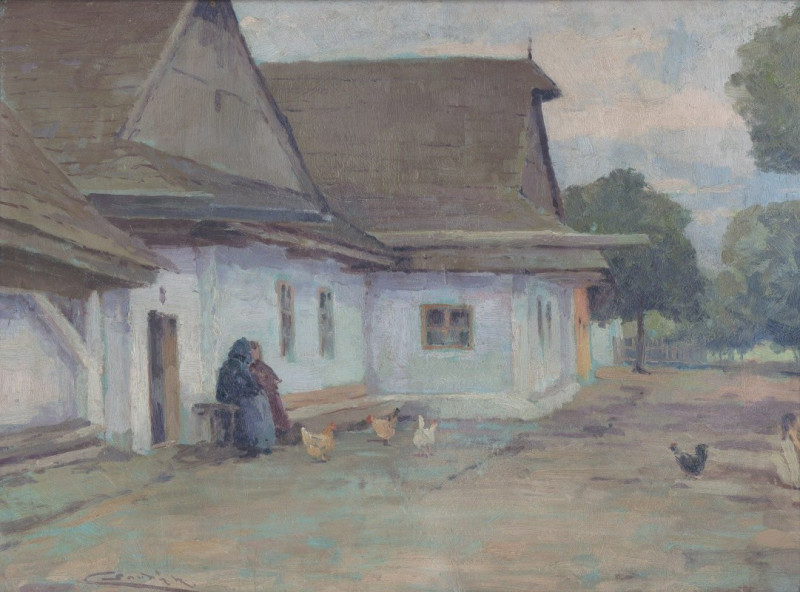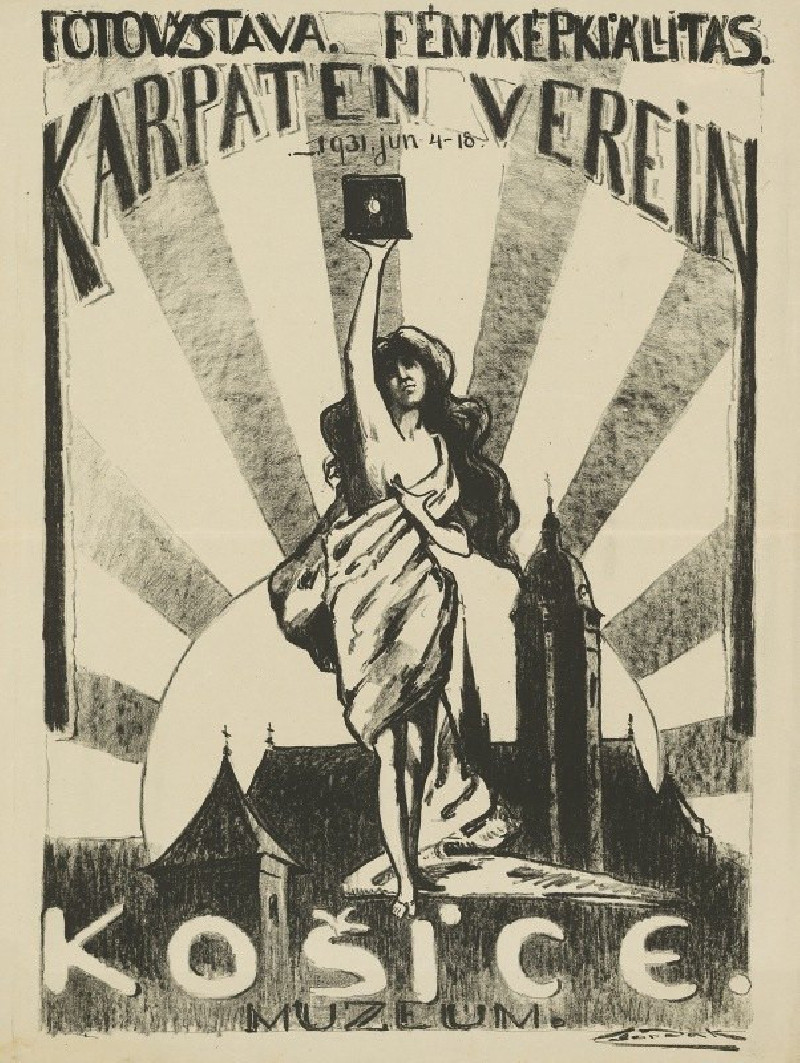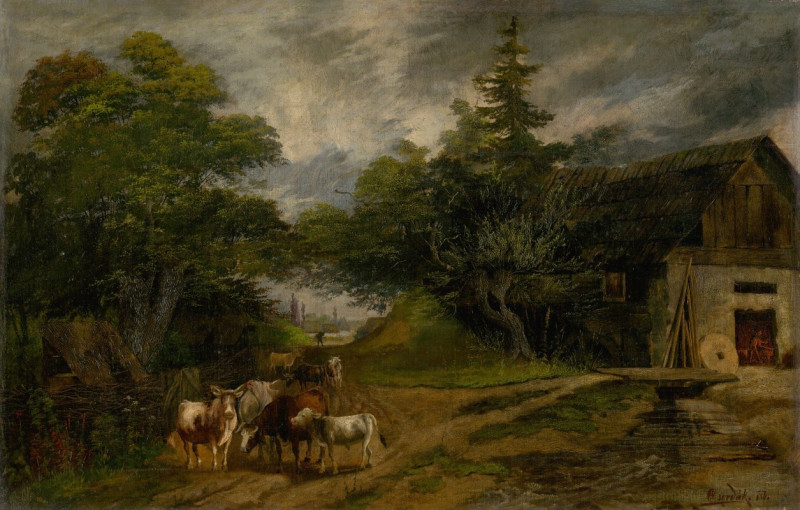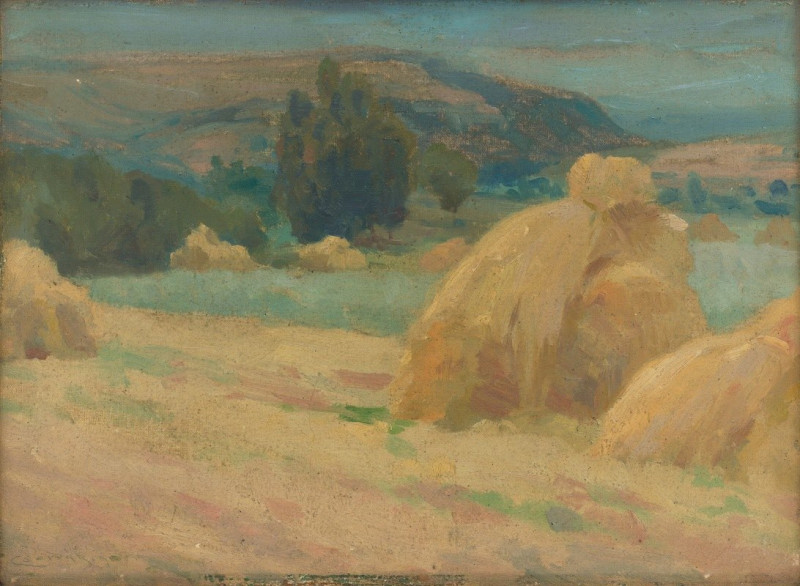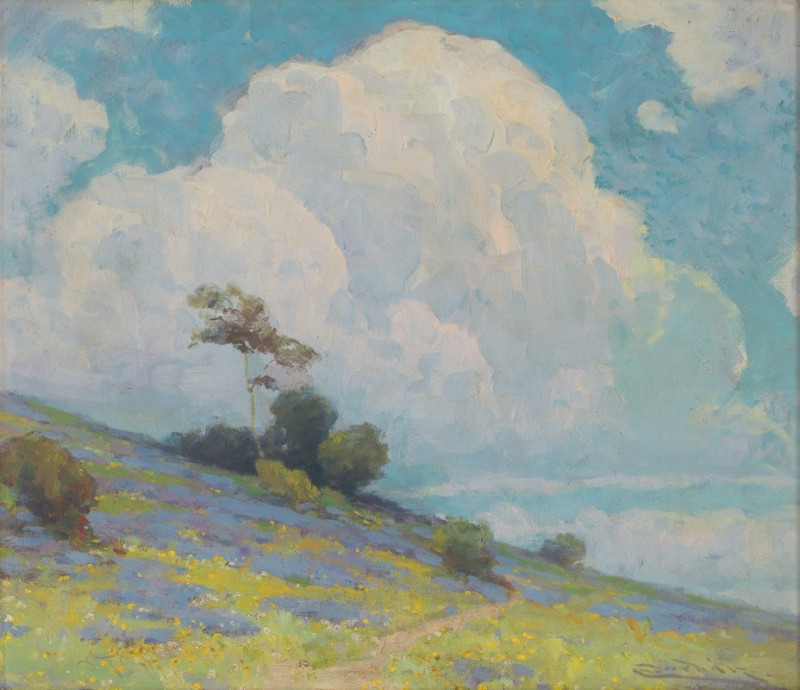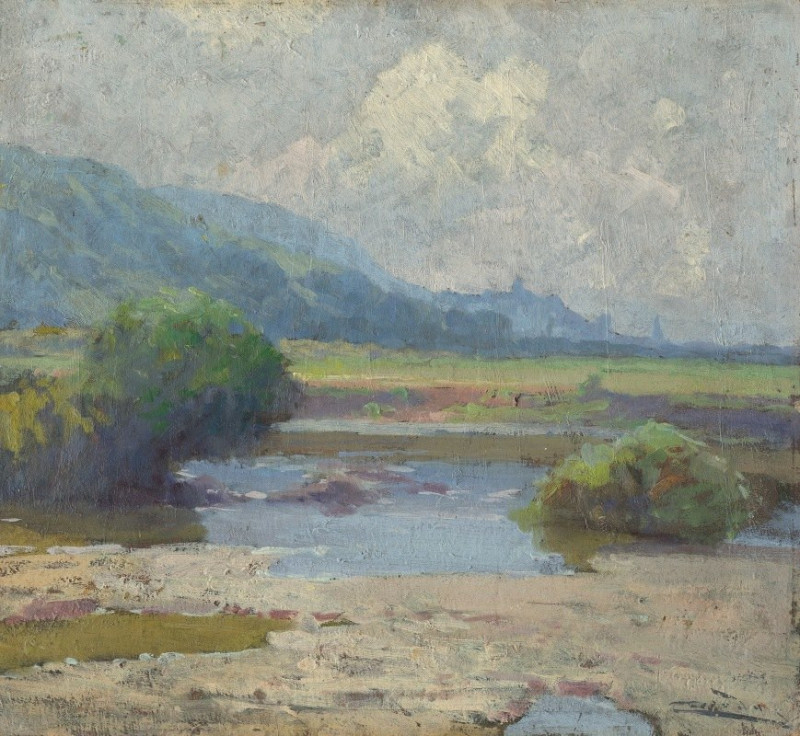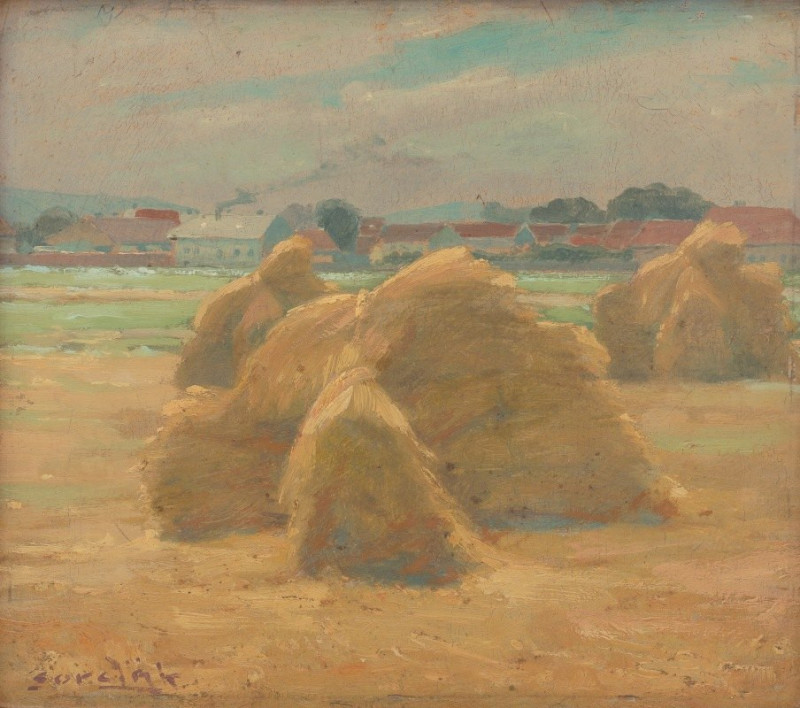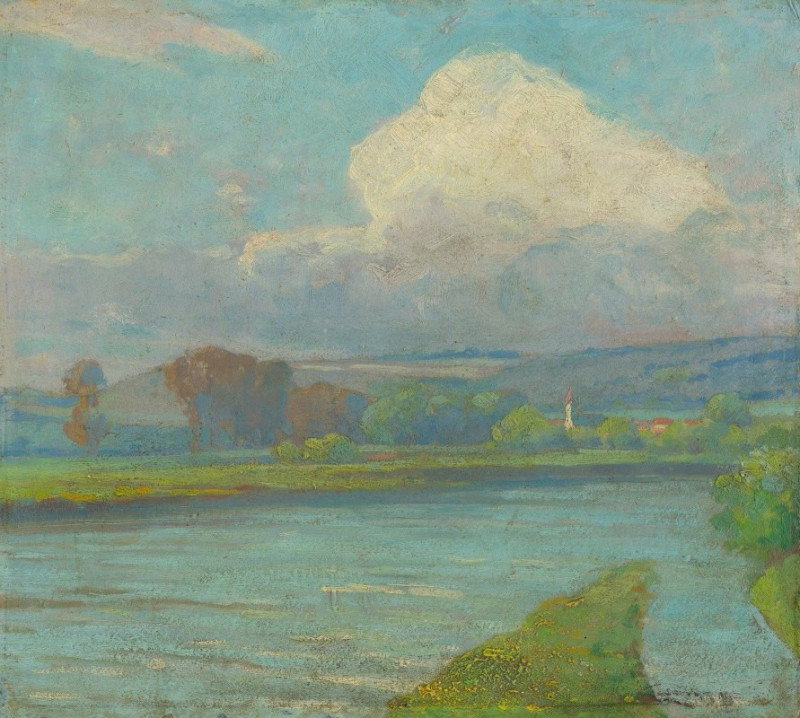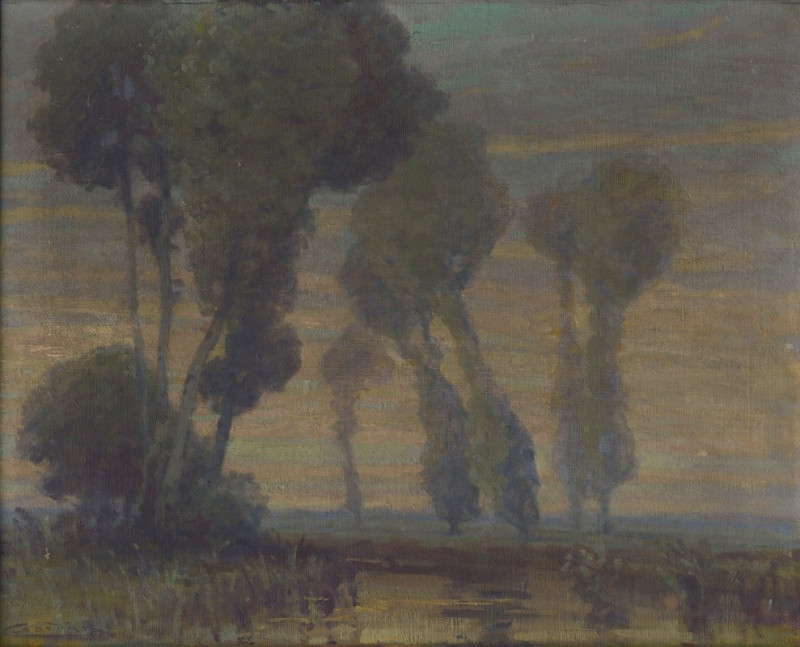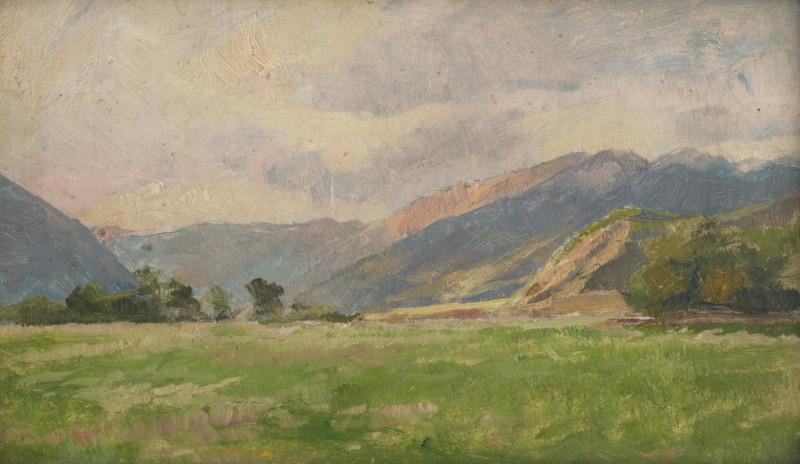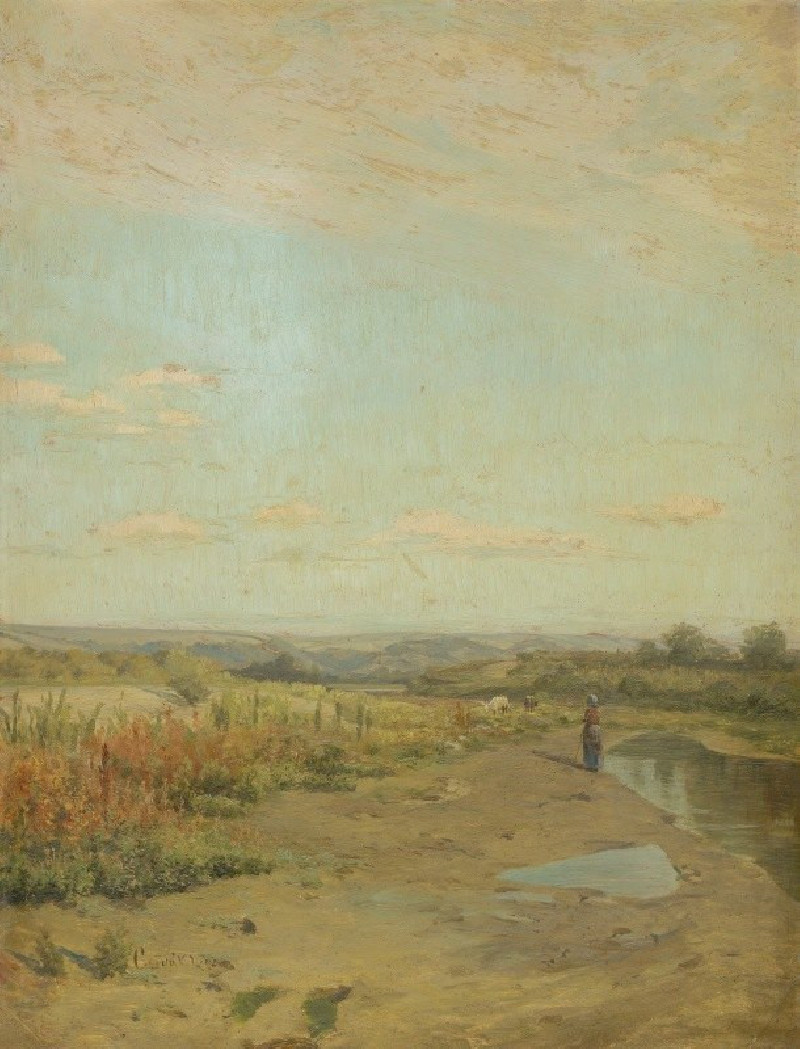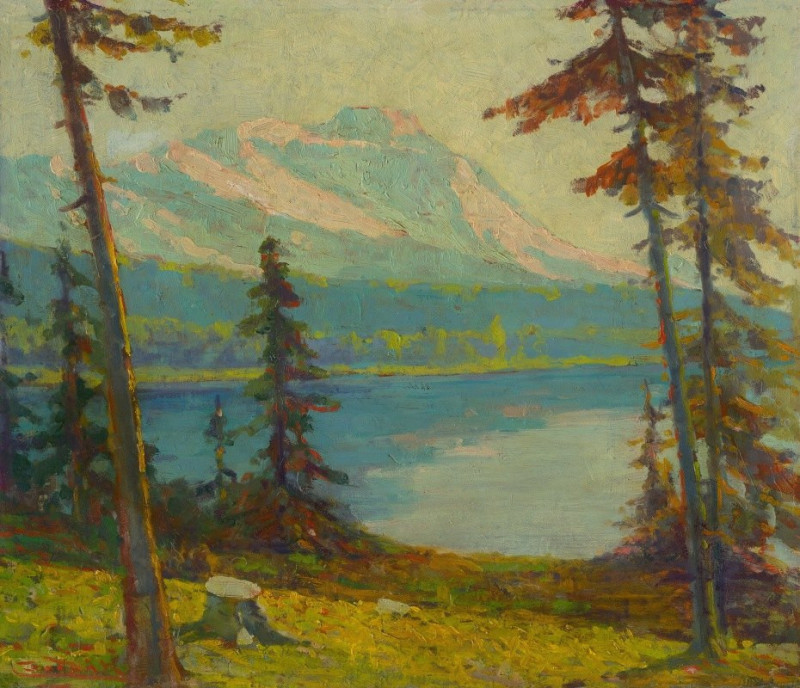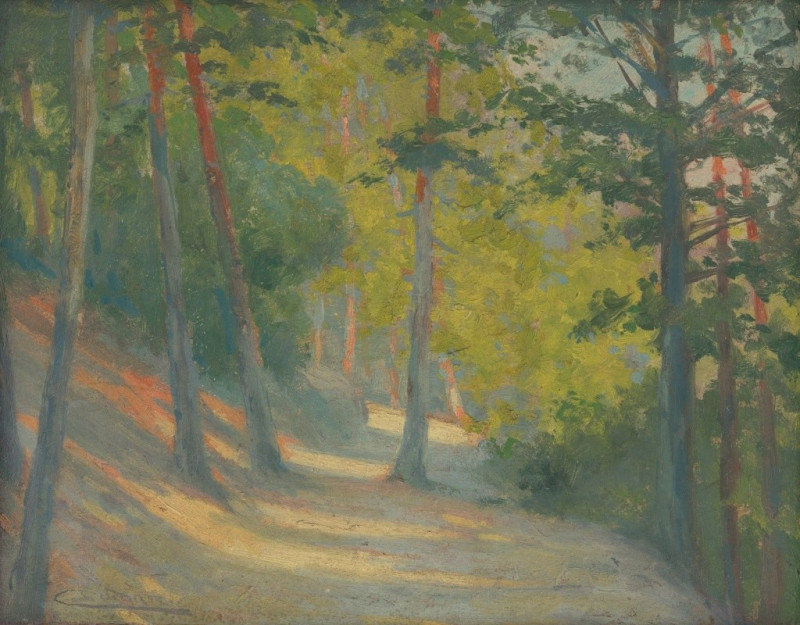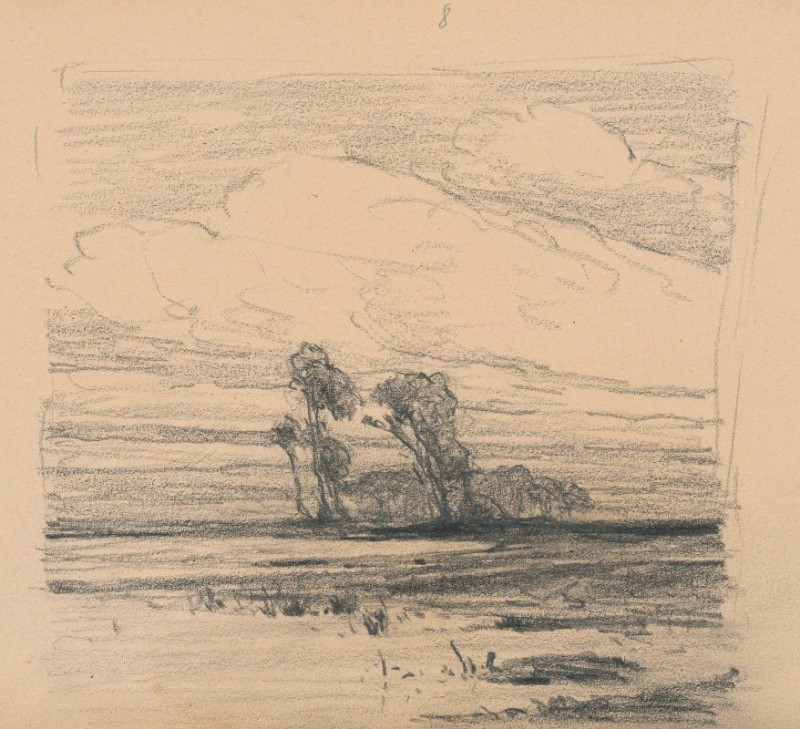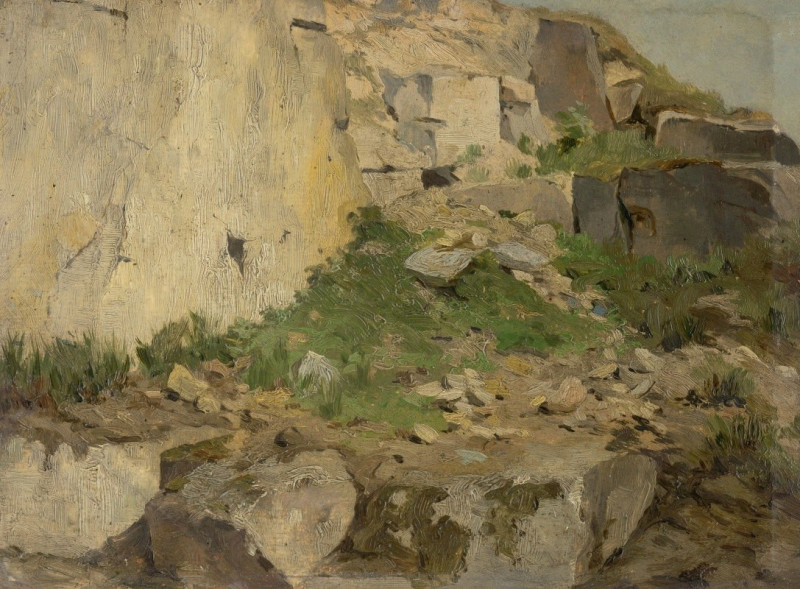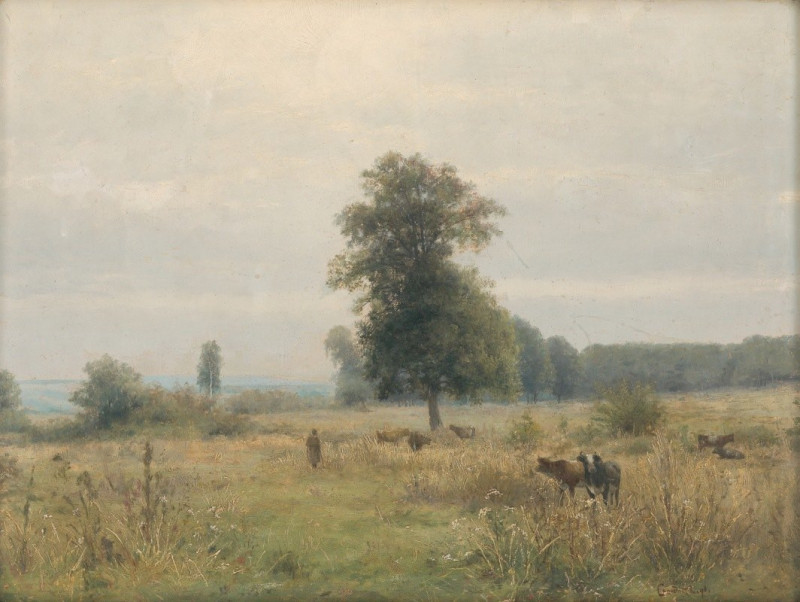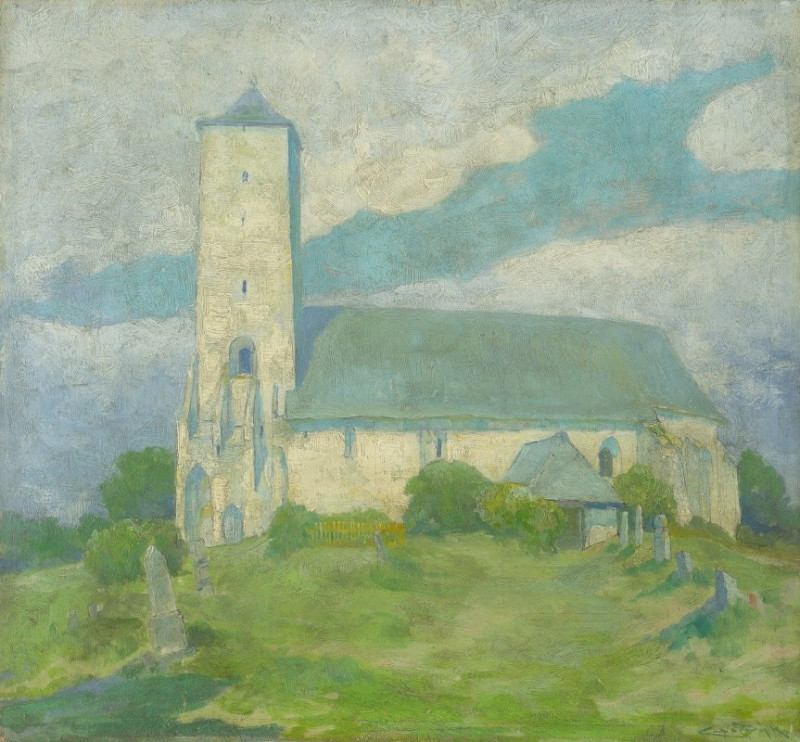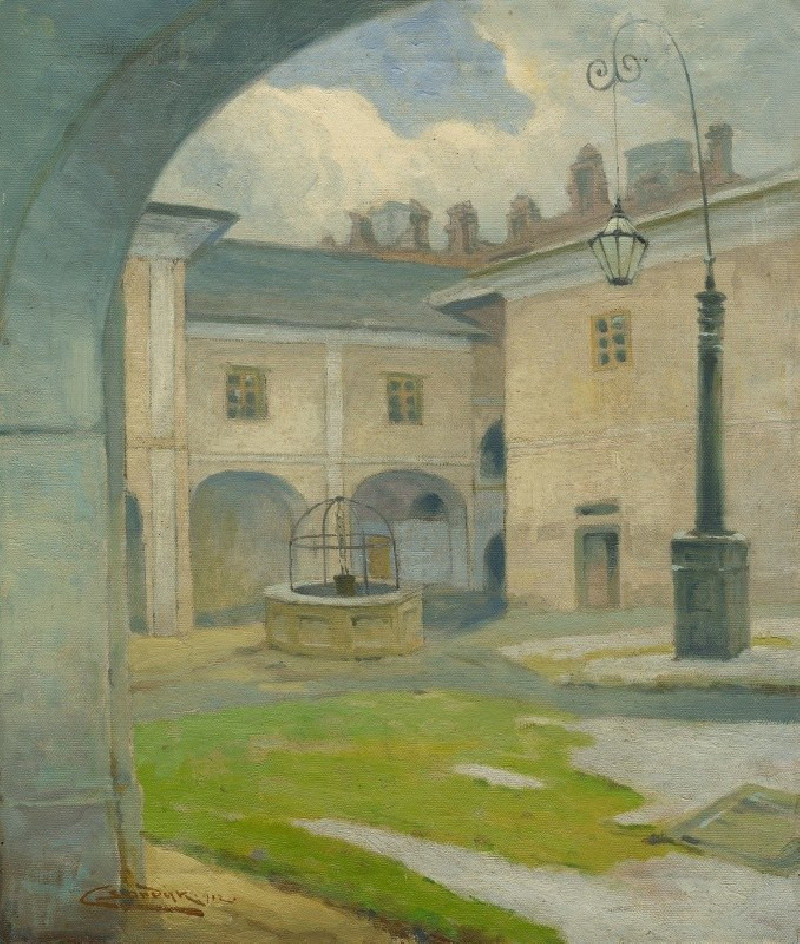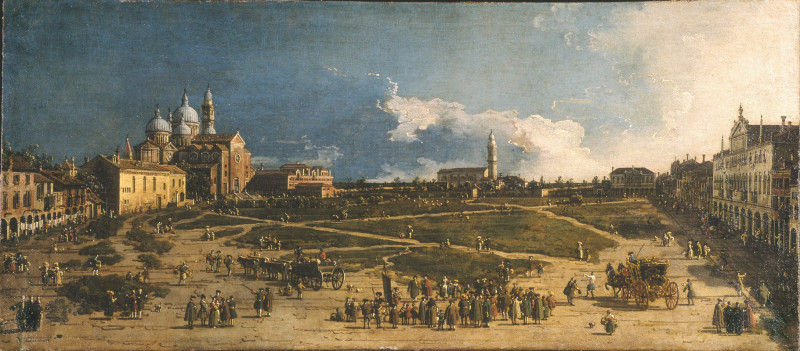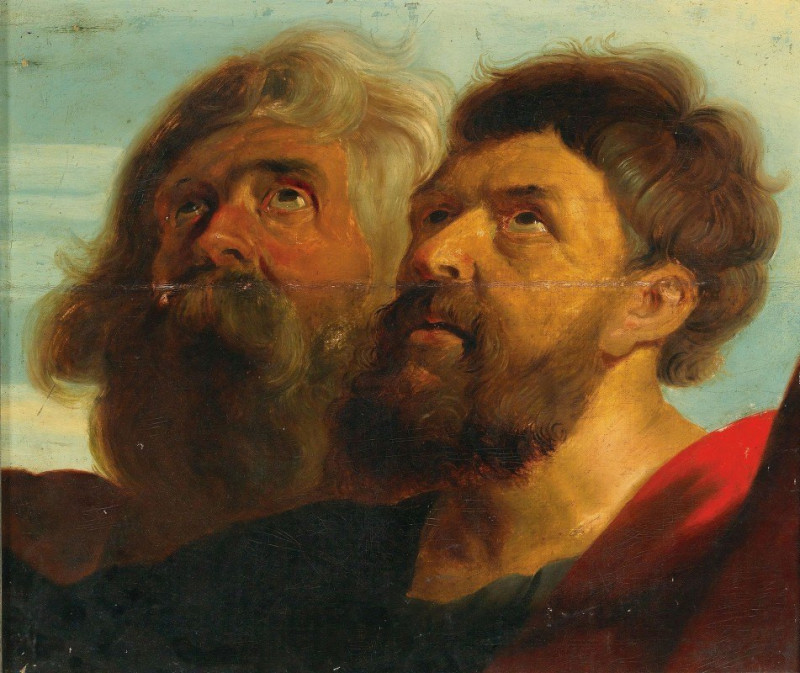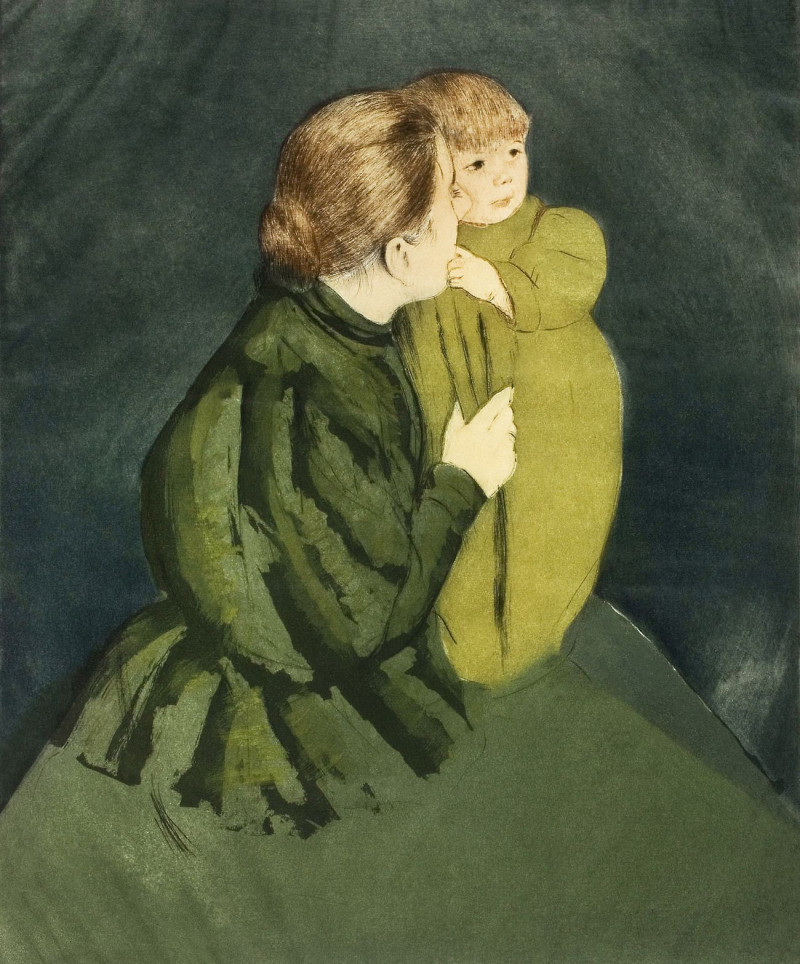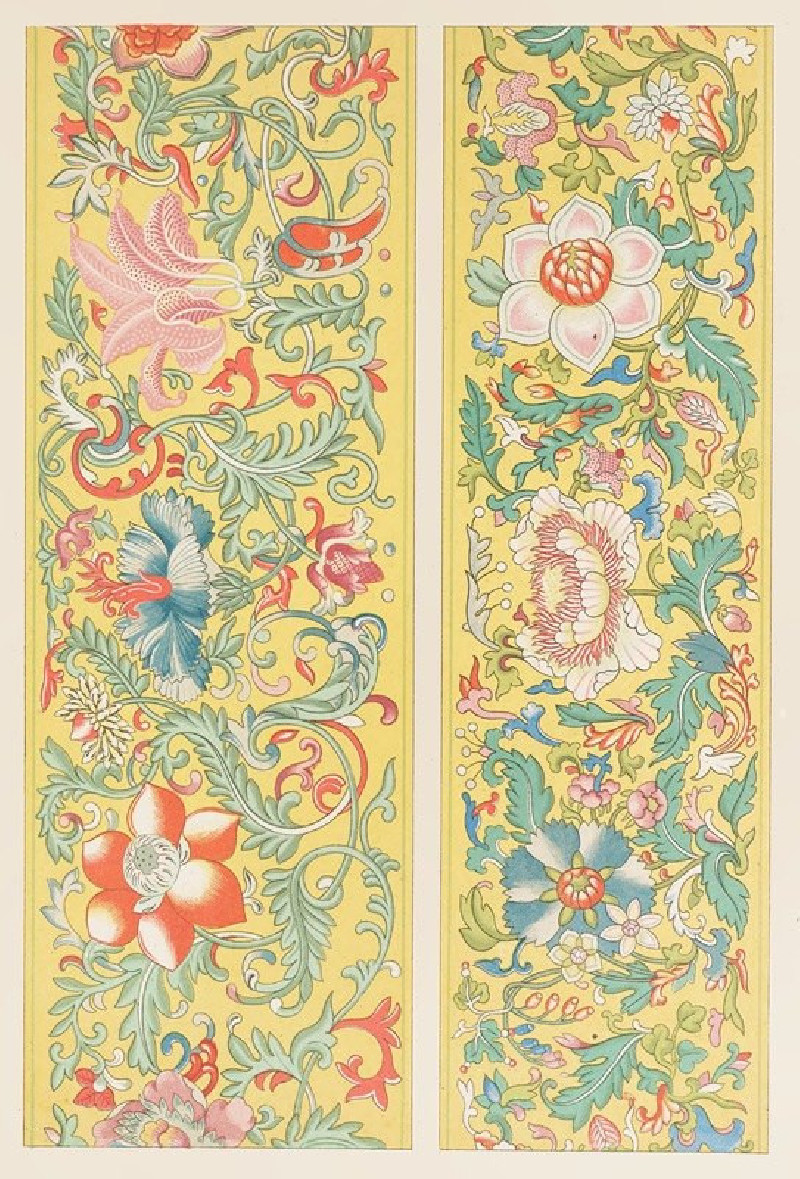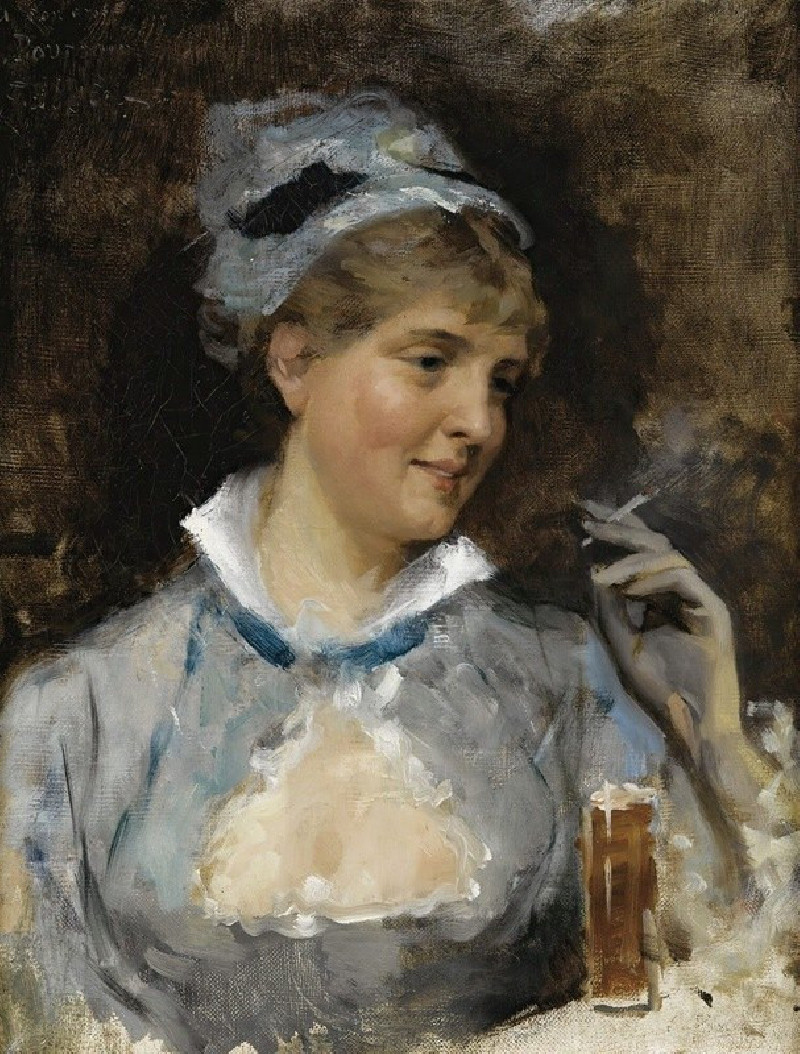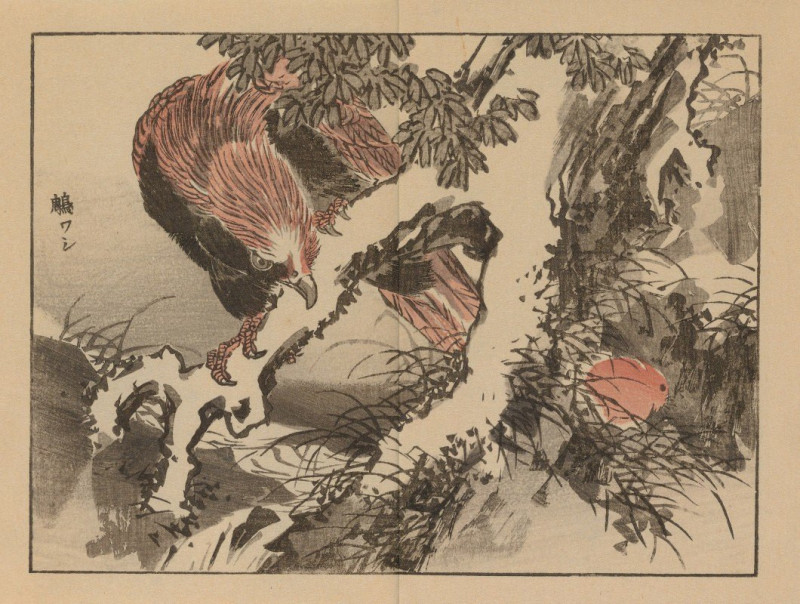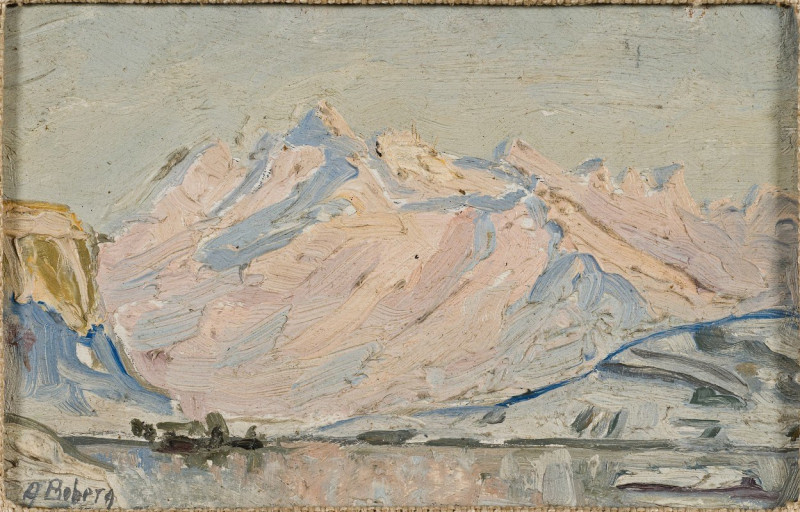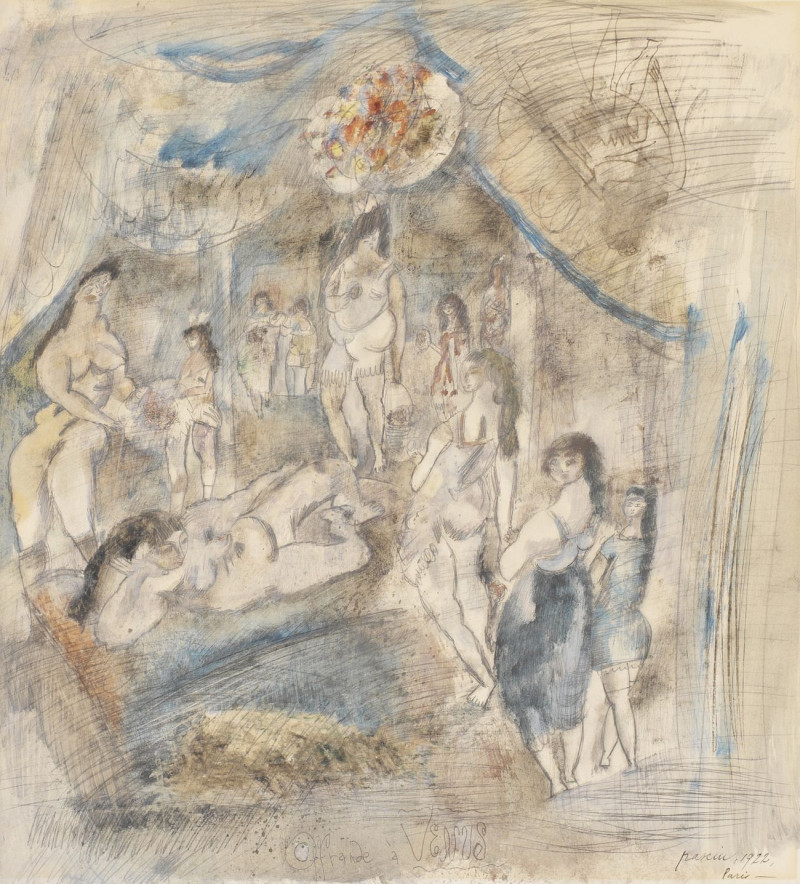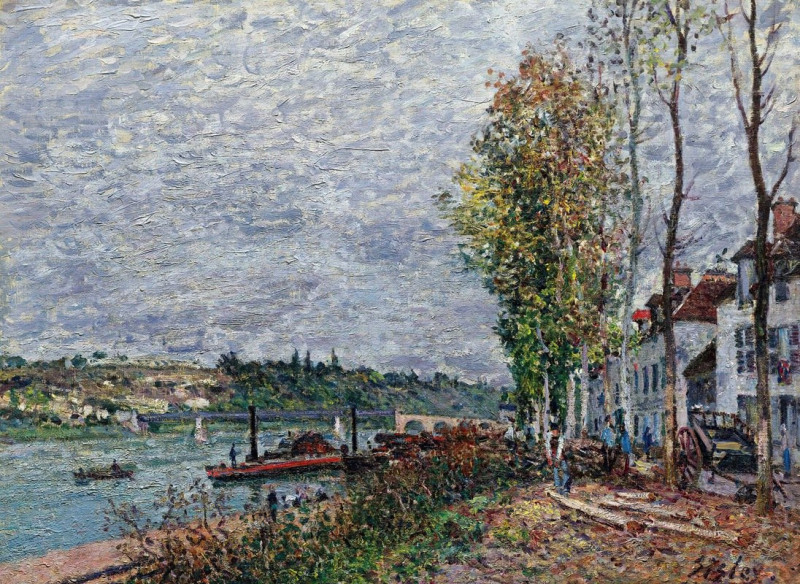Šestnástka (1900–1930)
Technique: Giclée quality print
Recommended by our customers
More about this artwork
Ľudovít Čordák's "Šestnástka" is a picturesque canvas that distinctly captures a serene moment in traditional Slovak village life during the early 20th century. This painting features a tranquil rural setting, where the rustic charm of Eastern Slovakia is unmistakably evident. A solitary figure, presumably an elderly woman cloaked in traditional attire, is seated outside a classic Slavic whitewashed house. Her calm demeanor and the relaxed posture suggest a moment of rest or contemplation, perhaps evoking the slow pace of rural life.The vibrant white and blue colors of the house contrast beautifully with the darker tones of the roof and the natural green hues of the surrounding foliage, creating a harmonious balance that invites the viewer to step into a world where time moves slowly. The presence of chickens pecking at the ground further enhances the rural theme, adding life and movement to the scene. The painting's vantage point offers a slice of daily life, unembellished but rich with cultural significance.The brushwork is fluid, with soft, textured strokes that lend a dynamic quality to the static architecture and help to emphasize the natural light and shadows typical of Čordák's style. This piece not only reflects the cultural and social realities of the time but also serves as a timeless testament to the undisturbed beauty of Slovak rural landscapes.
Delivery
Returns
Ludwig Deutsch was an Austrian painter who settled in Paris and became a noted Orientalist artist.
Details of Ludwig Deutsch's life are obscure. He was born in Vienna in 1855 into a well-established Jewish family. His father Ignaz Deutsch was a financier at the Austrian court. He studied at the Vienna Academy of Fine Arts 1872–1875, then, in 1878, moved to Paris where he became strongly associated with Orientalism.

